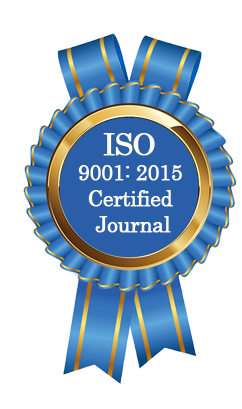| All | Since 2020 | |
| Citation | 105 | 60 |
| h-index | 4 | 4 |
| i10-index | 3 | 2 |
WJAHR Citation 
Login
News & Updation
Best Article Awards
World Journal of Advance Healthcare Research (WJAHR) is giving Best Article Award in every Issue for Best Article and Issue Certificate of Appreciation to the Authors to promote research activity of scholar.
Best Article of current issue
Download Article : Click here
Indexing
Abstract
AYURVEDIC MANAGEMENT OF AMLAPITTA: UNDERSTANDING CAUSES, SYMPTOMS, AND TREATMENT APPROACHES
Dr. Aakanksha Patwa*
ABSTRACT
Amlapitta is a term used in Ayurveda that indicates a condition or disease resulting from the Amlibhuta, or acidification, of Pitta Dosha. The properties of Pitta Dosha, like its Katu Rasa, Ushna and Tikshna may become Amla in this pathological condition. Disturbed pattern of Ahara-Vihara may impair Pitta Dosha to induce pathogenesis of Amlapitta. When aggravated Pitta takes upward course, it becomes causes of Urdhwaga Amlapitta. Ayurveda also defined Adhogamapitta in which aggravated Pitta Dosha moves downward, characterized by symptoms such as Atidrava Mala Pravrutti, Daha and Trishna. Other symptoms of Amlapitta include Avipaka, Klama, Utklesha, Hritkantha Aruchi and Tikta Amlaudgara, etc. Ayurveda suggested various drugs like Shankha Bhasma, Kaparda Bhasma, Avipattikara Churna, Mahashankha Vati, Guduchyadi Gana Kwatha and Yashtimadhu Churna, etc. These drugs relieve symptoms of disease by virtue of their Pitta balancing property. These Ayurvedic drugs enhance digestion, pacifying Pitta and control movement of upward Vata. Present article describes causes, symptoms and Ayurvedic management of Amlapitta.
[Full Text Article] [Download Certificate]
